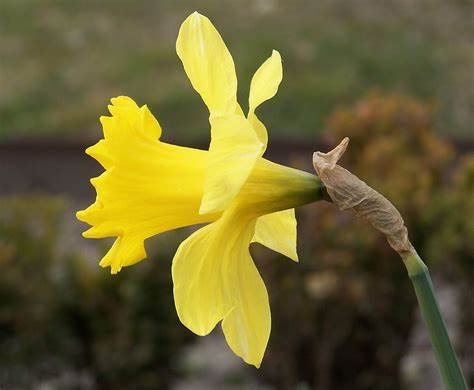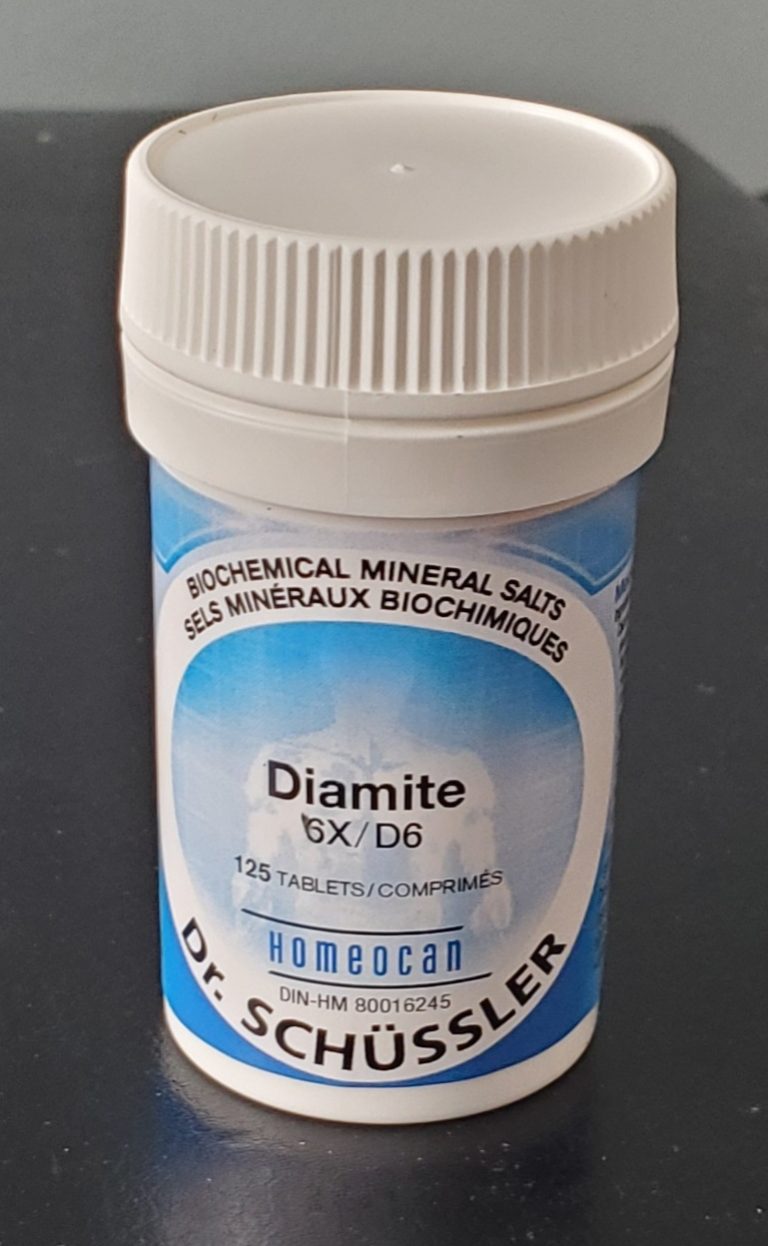Do you know why the Daffodil is the symbol for Cancer awareness month?
Narcissus Pseudo-Narcissus (Daffodil)
Narcissus is a homeopathic remedy derived from the bulbs of the Narcissus plant. The plant is commonly known as daffodil and is widely used in gardens and parks due to its bright yellow, trumpet-shaped flowers. In homeopathy, Narcissus is used to address a range of physical, emotional, and mental symptoms.
Symptoms Addressed by Narcissus:
- Depression and anxiety: Narcissus is commonly used to treat symptoms of depression and anxiety. People who need Narcissus may feel low and sad, have a lack of interest in activities, and experience a sense of worthlessness. They may also have irrational fears and phobias.
- Digestive disorders: Narcissus can be used to treat digestive disorders such as diarrhea, constipation, and indigestion. It may also be used to treat conditions such as irritable bowel syndrome (IBS).
- Headaches: Narcissus may be used to treat headaches that are throbbing or pulsating in nature. It is particularly effective for headaches that are worsened by bright light, noise, or movement.
- Skin disorders: Narcissus may be used to treat a range of skin disorders such as eczema, psoriasis, and acne.
- Respiratory problems, cough, bronchitis, and the convulsive stage of whooping cough
The daffodil is the symbol for cancer month, which is observed in many countries around the world in April. The daffodil is a symbol of hope and renewal, as it is one of the first flowers to bloom in the spring. It is also a symbol of strength and resilience, as it is able to survive harsh winters and bloom again each year.
The daffodil is also associated with cancer because of its ability to regenerate and renew itself, which is similar to the body’s natural healing processes.







